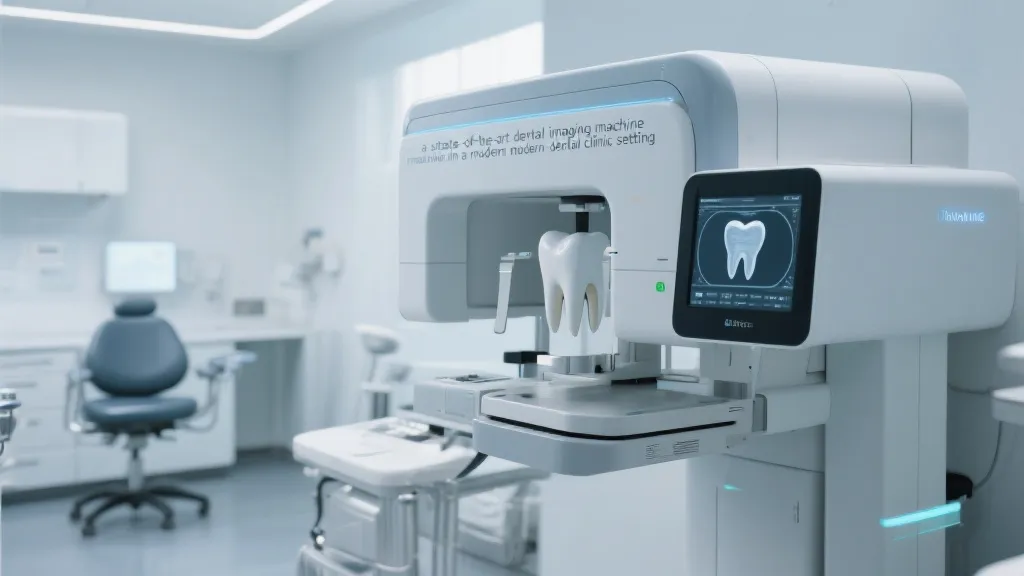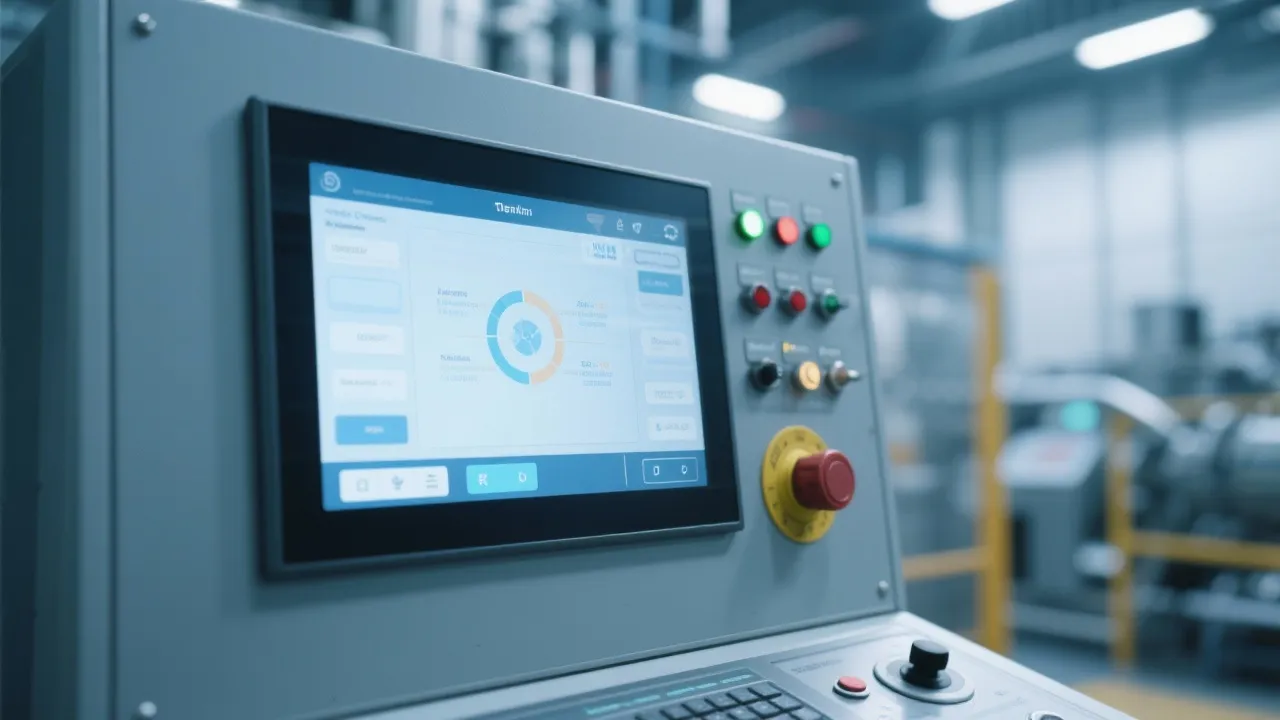Unveiling Rayscan Alpha Plus
Explore the capabilities of the Rayscan Alpha Plus, an advanced dental imaging system acclaimed for its precision and innovation. This equipment is a pivotal tool in modern dentistry, providing detailed and accurate diagnostics. Designed for professionals, it optimizes patient outcomes by integrating seamlessly with existing dental technologies and practices.

Introduction to the Rayscan Alpha Plus
The Rayscan Alpha Plus stands at the forefront of dental imaging technology, renowned for its exceptional precision and user-friendly interface. Its innovative features aim to enhance dental diagnostics, ensuring that dental professionals can provide the highest standard of care. As dental practitioners increasingly rely on technological advances to improve patient outcomes, the Rayscan Alpha Plus emerges as an essential tool in the modern dental office.
This advanced system resonates with both seasoned professionals and newer practices seeking best-in-class technology. In the realm of oral healthcare, the evolution of imaging modalities has become a critical factor in enhancing diagnostic capabilities and optimizing treatment plans. Therefore, understanding how the Rayscan Alpha Plus fits within this landscape is crucial for any dental practice committed to excellence.
Key Features of the Rayscan Alpha Plus
The Rayscan Alpha Plus is equipped with a range of features that set it apart in the realm of dental imaging. Its cutting-edge CBCT technology provides three-dimensional imaging that allows for detailed views of the teeth, bone structures, and soft tissues. This makes it an invaluable resource for diagnosing complex dental issues that escape traditional X-rays.
- High-Resolution Imaging: The system delivers top-notch image quality, crucial for detecting subtle dental abnormalities. This clarity is particularly important when assessing fractures, cavities, and other pathological conditions that might not be as visible on two-dimensional images.
- User-Friendly Interface: The intuitive design ensures that dental professionals can navigate the system efficiently, reducing the learning curve associated with new technology. It enhances the workflow within the practice, allowing for quick adaptation and integration into daily processes.
- Customizable Settings: Dentists can tailor the imaging settings to meet specific patient needs, enhancing the accuracy of diagnostics. This personalization helps to optimize images based on individual anatomy, leading to better clinical decision-making.
- Minimal Radiation Exposure: Safety is a priority, and the system minimizes radiation exposure to patients without compromising on image quality. Such a feature is particularly essential in maintaining patient trust and compliance, especially among demographics sensitive to radiation such as children and pregnant women.
Benefits of Integrating the Rayscan Alpha Plus
Integrating the Rayscan Alpha Plus into dental practice can transform how professionals approach dental diagnostics and treatment planning. The detailed images provided equip dentists to accurately identify and plan for complex dental problems. This precision translates into highly personalized treatment strategies, ensuring optimal patient outcomes.
With the diminishing reliance on traditional X-rays, the transition to 3D imaging systems such as the Rayscan Alpha Plus reflects a necessary evolution in dental technology. Comprehensive imaging allows practitioners to visualize intricate anatomical relationships, leading to enhanced surgical planning and more predictable treatment results. The utilization of such advanced imaging technology not only supports complex procedures but also provides a solid platform for patient education, allowing for clearer communication regarding treatment options and expected outcomes.
| Aspect | Details | Benefit |
|---|---|---|
| 3D Imaging | Comprehensive view of dental structures | Improves diagnostic accuracy |
| Low Radiation | Reduces risk to patient health | Enhances patient confidence |
| Usability | Intuitive user interface | Streamlines dental workflows |
Clinical Applications of the Rayscan Alpha Plus
The clinical applications of the Rayscan Alpha Plus are extensive, contributing significantly to various fields within dentistry. From general practitioners to specialists, its utility spans across several key areas:
1. Implantology
In implant dentistry, precise imaging is vital. The Rayscan Alpha Plus enables clinicians to evaluate the quality and quantity of bone before placing implants, facilitating more predictable surgical outcomes. By accurately mapping the bone structure, dentists can avoid critical anatomical structures such as nerves and sinuses, reducing complications during implant placement.
2. Orthodontics
Orthodontists benefit from the 3D imaging capability to assess relationships between teeth and the surrounding bone more accurately. This imaging assists in diagnosis and treatment planning—for instance, when determining the best approach for tooth movement or extraction. Additionally, it aids in monitoring treatment progress through visual comparison at different stages.
3. Endodontics
The Rayscan Alpha Plus proves invaluable in endodontic procedures, where the identification of canal morphology is crucial. The detailed imaging allows for better localization of root canals and potential complications, such as fractures, leading to higher success rates in root canal therapies.
4. Periodontics
For periodontists, understanding bone loss patterns and attachment levels is essential. By leveraging 3D imaging, practitioners can visualize periodontal pockets in relation to the underlying bone supports, allowing for comprehensive treatment planning and enhanced patient education.
Considerations for Investment
When considering an investment in the Rayscan Alpha Plus, dental clinics must evaluate several factors. Critical among these is the alignment of the equipment with the clinic's service offerings and patient demographics. Additionally, the cost has to be weighed against the anticipated return on investment in terms of patient satisfaction and operational efficiency.
Choosing to incorporate advanced imaging technology like the Rayscan Alpha Plus is not just a matter of upgrading equipment but is a strategic decision that can alter the entire dynamics of practice. Clinics must evaluate not only the upfront costs associated with purchasing and installing the system but also the potential impacts on workflow efficiency, patient throughput, and overall practice growth.
Furthermore, practices should consider aspects such as maintenance costs, the potential for upgrades, and the availability of technical support. Establishing partnerships with reliable vendors can lead to better long-term operational efficiency and enhanced capability in troubleshooting any issues that arise with the system.
Patient Experience Amplified
In the modern healthcare landscape, patient experience has become as pivotal as clinical outcomes. The integration of the Rayscan Alpha Plus significantly enhances the patient experience from the initial consultation through the completion of treatment.
1. Enhanced Communication
With its high-resolution imaging capabilities, dental professionals can engage patients in discussions about their oral health using clear, visual aids. This transparency demystifies complex procedures, helping patients make informed decisions about their treatment plans. By visually showing different dental conditions, practitioners can foster trust and facilitate shared decision-making.
2. Reduction in Appointment Times
The efficiency of the Rayscan Alpha Plus leads to shorter appointment durations. With its rapid image acquisition, dental professionals can obtain needed images quickly and accurately, minimizing wait times for patients and improving overall workflow. This time-saving aspect can have a profound impact on patient satisfaction, as individuals increasingly expect efficiency in every aspect of healthcare experience.
3. Safety and Comfort
Patients are understandably concerned about radiation exposure associated with dental imaging. The Rayscan Alpha Plus addresses these concerns by providing low-radiation options, which enhances patient comfort and confidence in the safety of their care. This aspect is particularly crucial for vulnerable populations, including children, where minimizing exposure is paramount.
FAQs
- What distinguishes the Rayscan Alpha Plus from other dental imaging systems?
The system offers superior image resolution, customizable settings, and reduced radiation levels, making it a safer and more effective diagnostic tool. Its advanced scanning capabilities and versatility set it apart as a leading option in dental imaging technology. - How does it benefit dental practices?
It enhances diagnostic accuracy, streamlines operations, and increases patient trust through its advanced features. Additionally, it opens opportunities for expanded services and specialized treatment options, elevating the practice's market position. - Is there any training required?
While the system is user-friendly, manufacturers often provide training to ensure dental teams are fully competent in its use. Training not only covers operational aspects but also best practices for patient interaction and image interpretation. - What type of maintenance is required for the Rayscan Alpha Plus?
Regular maintenance may include software updates and hardware inspections to ensure optimal functionality. Establishing a maintenance schedule with the provider can help prevent issues and affirm compliance with safety standards.
In summary, the Rayscan Alpha Plus isn't just an incremental step in dental imaging; it's a transformative piece of equipment that holds the potential to reimagine dental care protocols. Its introduction can significantly enhance the capabilities of dental practices, paving the way for improved care standards and patient satisfaction.
Furthermore, the integration of such advanced technology aligns with a practice's growth ambitions. As the demand for high-quality dental care increases, the Rayscan Alpha Plus positions clinics to not only meet but exceed patient expectations. Embracing this technology not only solidifies a commitment to excellence in diagnostics but also fosters an environment where patients feel secure, informed, and empowered regarding their oral health.
The Future of Dental Imaging Technology
The continued evolution of dental imaging technology heralds new possibilities for the future of dental care. As innovations emerge, practitioners must stay informed about advancements and consider how these technologies can further enhance treatment outcomes and patient experiences.
Emerging Technologies and Trends
Beyond the capabilities of the Rayscan Alpha Plus, the future of dental imaging will likely see advancements in artificial intelligence (AI) integration, which can provide automated analysis of dental images, flagging potential issues for clinicians to investigate further. AI could potentially expedite the diagnostic process, allowing for quicker, more accurate assessments and treatment planning.
Additionally, advancements in imaging techniques may introduce even lower radiation exposure while maximizing image quality. As technologies improve, practices can expect ongoing developments that enhance the functionality and efficacy of imaging systems.
The Role of Training in Future Technologies
As new technologies are introduced, continuous training becomes essential for dental practice teams. This commitment to ongoing education will ensure that dental professionals can adeptly navigate and leverage new tools effectively. Moreover, integrating training related to patient communication around new technologies will help maintain high levels of patient trust and satisfaction as practices evolve.
Conclusion
In the competitive landscape of modern dentistry, investing in advanced imaging systems like the Rayscan Alpha Plus not only enriches diagnostic capabilities but also signifies a commitment to providing the highest standard of care. As the field continues to evolve, dental professionals poised to adopt these cutting-edge technologies will enhance patient outcomes, improve operational workflows, and foster long-term success in their practices. Navigating through this technological evolution requires careful consideration and strategic planning, ensuring that the transition positively impacts patient experiences and practice growth.










